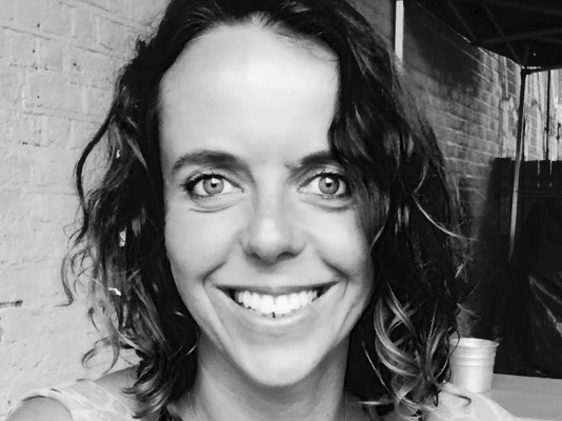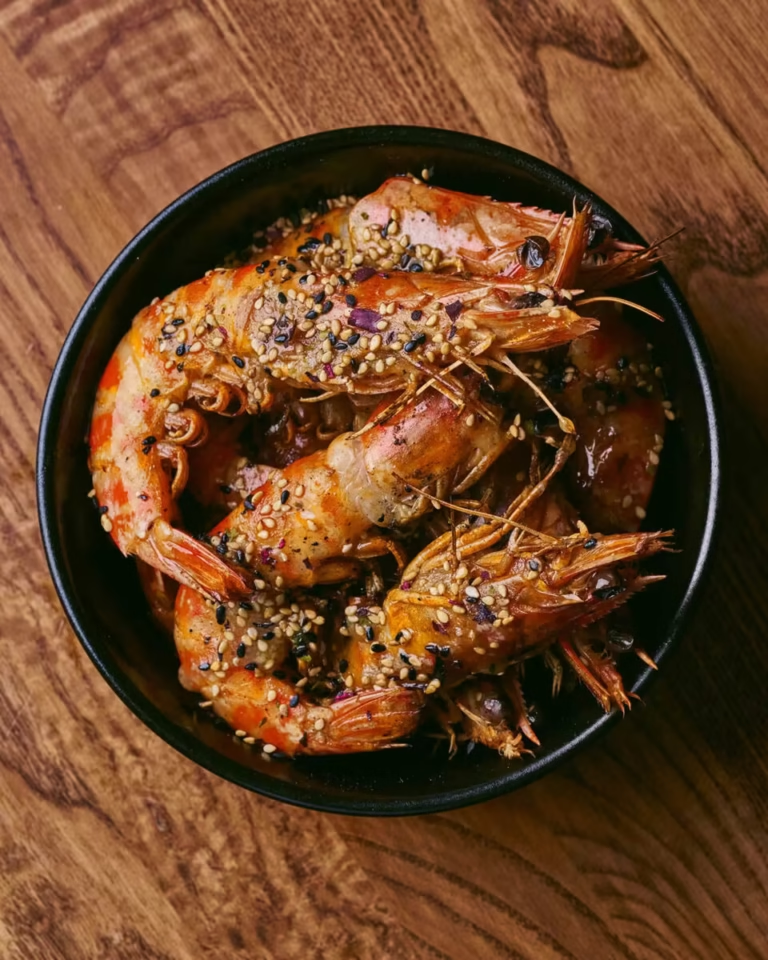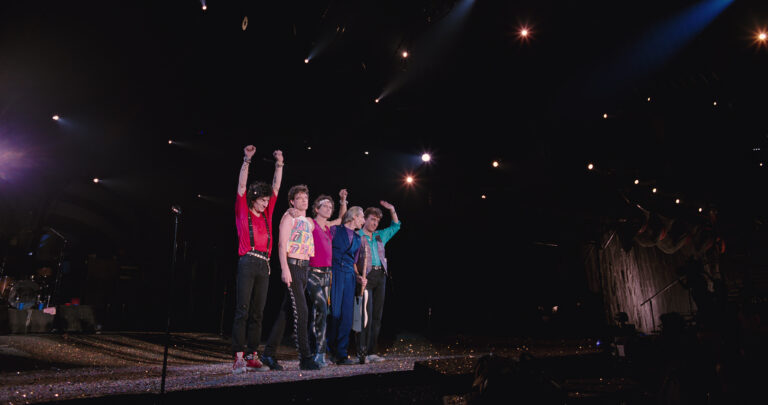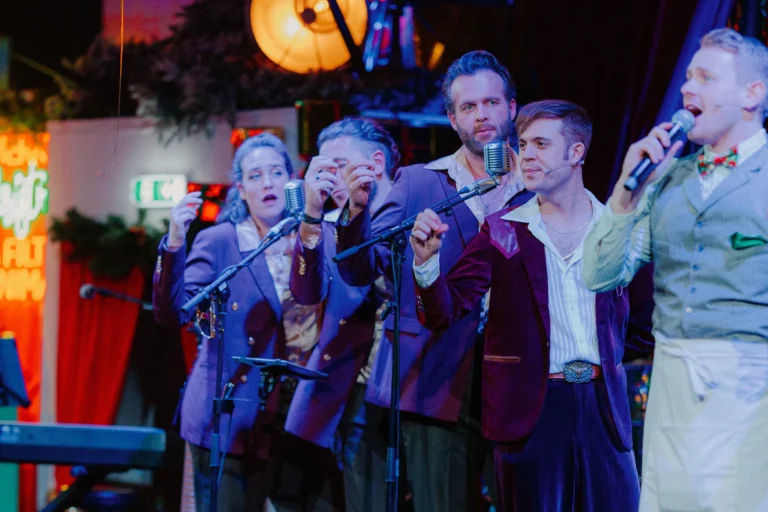Hattie Worboys is a South London girl who has created her own imaginary worlds for as long as she can remember. ‘I was really into surrealism as a teenager,’ she begins as if it was the most natural thing in the world to say. ‘I loved trying out their ‘automatism’ techniques like brulage, collage, frottage.’ I knew immediately that this would be an interesting conversation, writes Michael Holland.
‘I would make dance routines with my neighbours and as I grew older, my sister and me used to go to jumble sales and get sacks of clothes that we could chop up and assemble and make our desired outfits.’
I tried to get a question in but: ‘After school, I went straight to do an art foundation at Central St Martin’s before going to The Laban Centre to do a BA in Movement.’
Already there was a lot to process from this woman with a face that always looks like the greatest thing in the world is just about to happen. I mumbled out a journalist’s staple question: Were your parents supportive of your choice of study?
‘Yes, they were. Although my dad had persuaded me to do a secretary’s course so I could always have that to fall back on, but I ditched that as soon as my place at St Martin’s was confirmed. I think that as long as they could see that I was excited by what I was doing then I’d have the necessary energy to put into it.’
And I don’t think anyone would doubt that.
‘I intended to go on to do a degree in Fine Art but also liked the idea of doing dance as a performance.’ I knew what Hattie said next would be amazing so I put my pen down and sat more comfortably. ‘The dance degree happened by chance; just as I was wondering where to do my art degree I saw a college that came under the category of ‘performance art’ – I had no idea it was the renowned dance school The Laban Centre. I stuck my head in and was told I needed an appointment to look around and was just about to leave when the director Marion North walked past and introduced herself. She shook my hand and I could tell she was analysing me through my physical demeanour. I was instantly fascinated. She then offered to show me around and seeing all the dancers so focused in the studios and the idea of dancing all day every day deeply excited me and that was it, I was hooked. I took a year out, worked in restaurants and did many, many dance classes and then auditioned for The Laban Centre. and I’ve never looked back.’
Ms Worboys did not wait for a question. ‘I figured that if I went for the dance degree while I was young then I could always come back to painting and image-making as I got older. As it is, choreography, making dance films and installations, includes many of the art forms I enjoy – image-making, movement, sound and music and movement! They’re all “art” – why separate one from another? Over the years it has meant that I’ve never fully felt part of neither the “art world” or the “dance world” but somewhere in between. Actually, that is pretty much how I am about all kinds of groups and categories.’
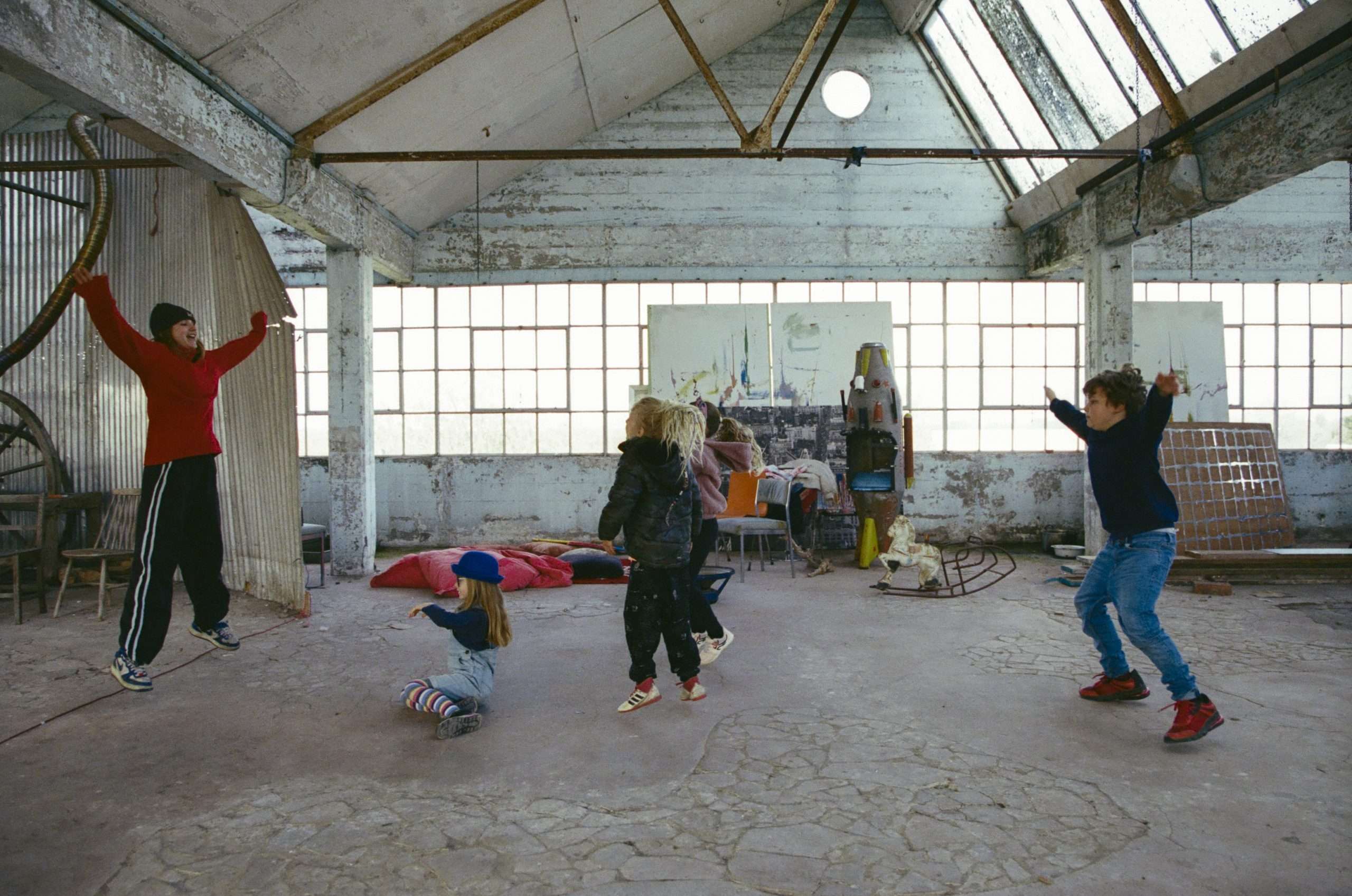
At some point, Hattie initiated the Body Talks Movement(BTM). I asked what the catalyst was. ‘Being a mum and watching my seven-year-old son suddenly finding his groove,’ she said as if I should already know the obvious. ‘I was also teaching dance classes to children at the time and had found a way of making moving animations by taking photos of my paintings. There was a moment when my son asked me if when I dance, I’m reacting to the music. I said yes, he thought about it and then soon after when there was some music playing, he just went for it – totally lost in finding ways of responding and surrendering to the music with his body. He was of an age where he had not yet developed any shame or inhibitions and had such assurance in the way he explored the movements. I thought this precious moment needs to be captured. A friend who’s a Director of Photography came and filmed him dancing his heart out (freestyle) on the football pitches in Hackney. Later that year, I showed that film at The Gervasuti Foundation at The Venice Biennale and from that was offered to do a dance exchange with a group of children in London and a group of children in New Orleans. From there, after much effort, I received funding to take the project to children in Dharavi slum in Mumbai, a favela in Greater Rio de Janeiro, a refugee camp in Lesvos (Greece), Zimbabwe and Egypt. I have run it numerous times with schools in London. It then became evident that children participating in the workshops were further connecting to their emotions through movement exploration and experiencing deeper body awareness. They were increasing their personal movement vocabulary and becoming further attuned with each other as they danced together.’
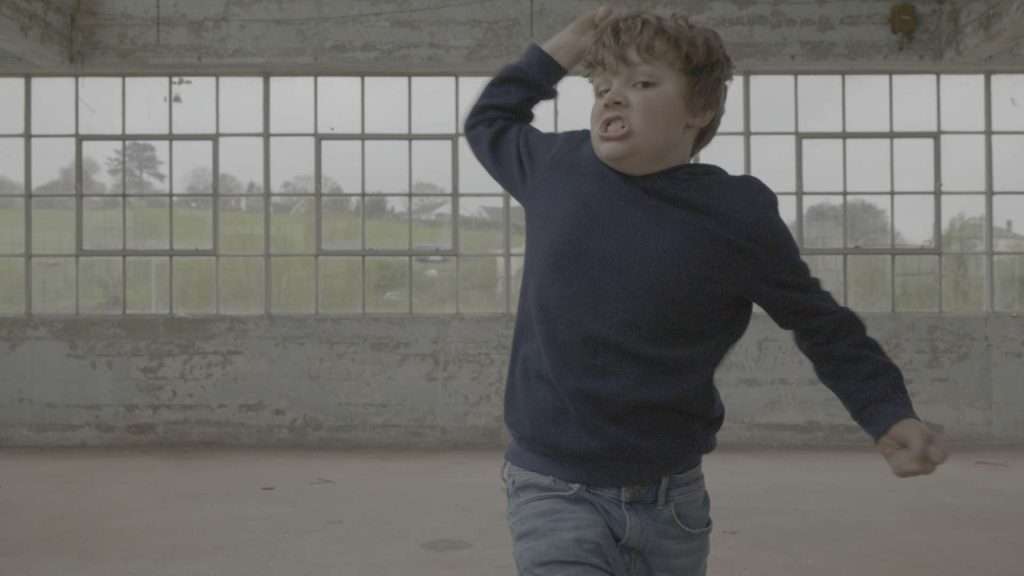
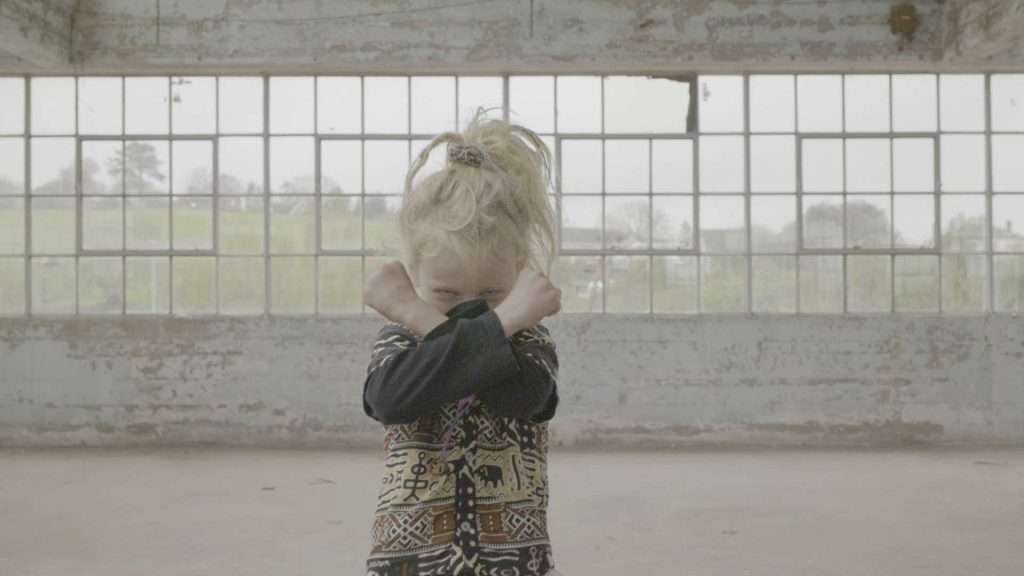
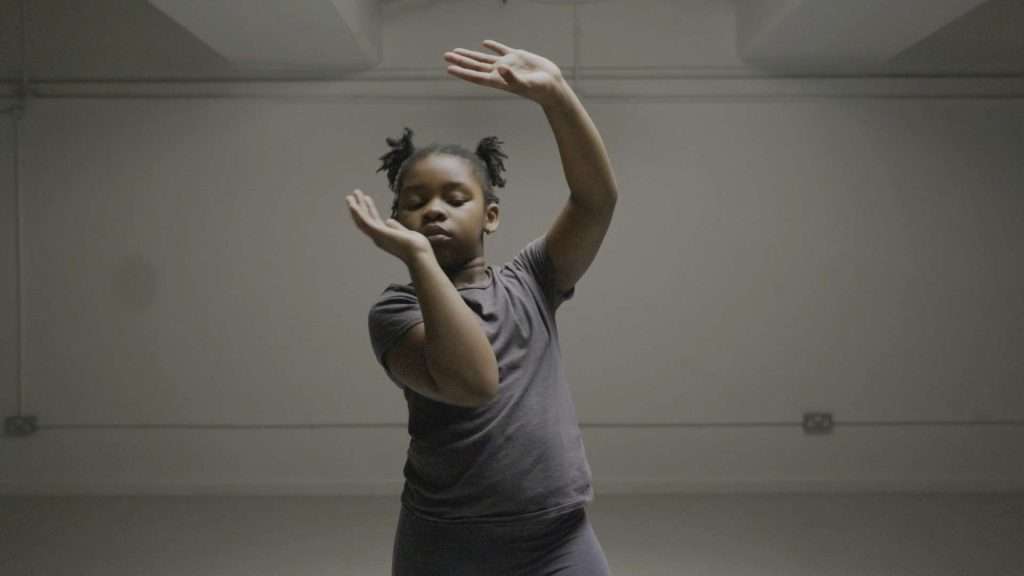
It was at this point I think my jaw dropped open and my notepad and pen fell from my hands. I felt that I could listen to Hattie Worboys forever.
I found that she had aimed her programme at children from economically deprived areas who wouldn’t normally have the opportunity to do dance workshops. When she took BTM overseas it was evident that it helped neurodiverse children and those who had lived through trauma. Hattie takes up the story. ‘I found the programme helped these children become calmer, more focused, and more confident to express themselves. As the children developed an awareness of the “voice” inside their bodies, they seemed to feel recognised and valued. I became interested in collaborating with mental health professionals to explore these benefits further and integrate trauma-informed practises into the programme.’
The rewards for the children are clear-cut when you see those that start off closed in become confident in expressing themselves through their unique movements, so the long-term aim is to establish an evidence-based BTM curriculum that children all over the UK and the world can benefit from.
The current development from BTM is The Body’s Voice, an audio-visual installation which explores the idea that movement is the sensory language or ‘voice’ of the human body. The installation features moving images of children discovering their unique inner dance voices and communicating through uninhibited spontaneous movement. ‘As we all become more and more addicted to our screens and manipulated by algorithms and the silent, sinister powers of the corporate tech giants,’ begins Hattie, ‘this is a call to our bodies and our wild and authentic natures and how we can incorporate this into our digital interaction with the world around us.’
Why should people see it? ‘It’s an uplifting, insightful and inspiring experience and projects such as this are really needed in the political climate in which we are living. You’ll most likely come away either wanting to dance or remembering how our bodies are not just mechanisms that carry our heads around and reproduce but contain so much intelligence and wisdom if we tune in and actually listen.’
I’m convinced.
Iklectic, 20 Carlisle Lane, Old Paradise Yard, London, SE1 7LG from 11th – 17th July. Every half hour from 12:00 – 18:30 (run time 30 minutes) Tues 11th 12:00-17:00 (Private Event from 17:30-20:00) Sat 15th 12:00-20:30 (Friends & Family Event from 16:00 in the Iklectik Courtyard – music, talks, dance (see website for more info).
Admission: £10 adults, £5 children.
Further details and booking: www.bodytalksmovement.com

